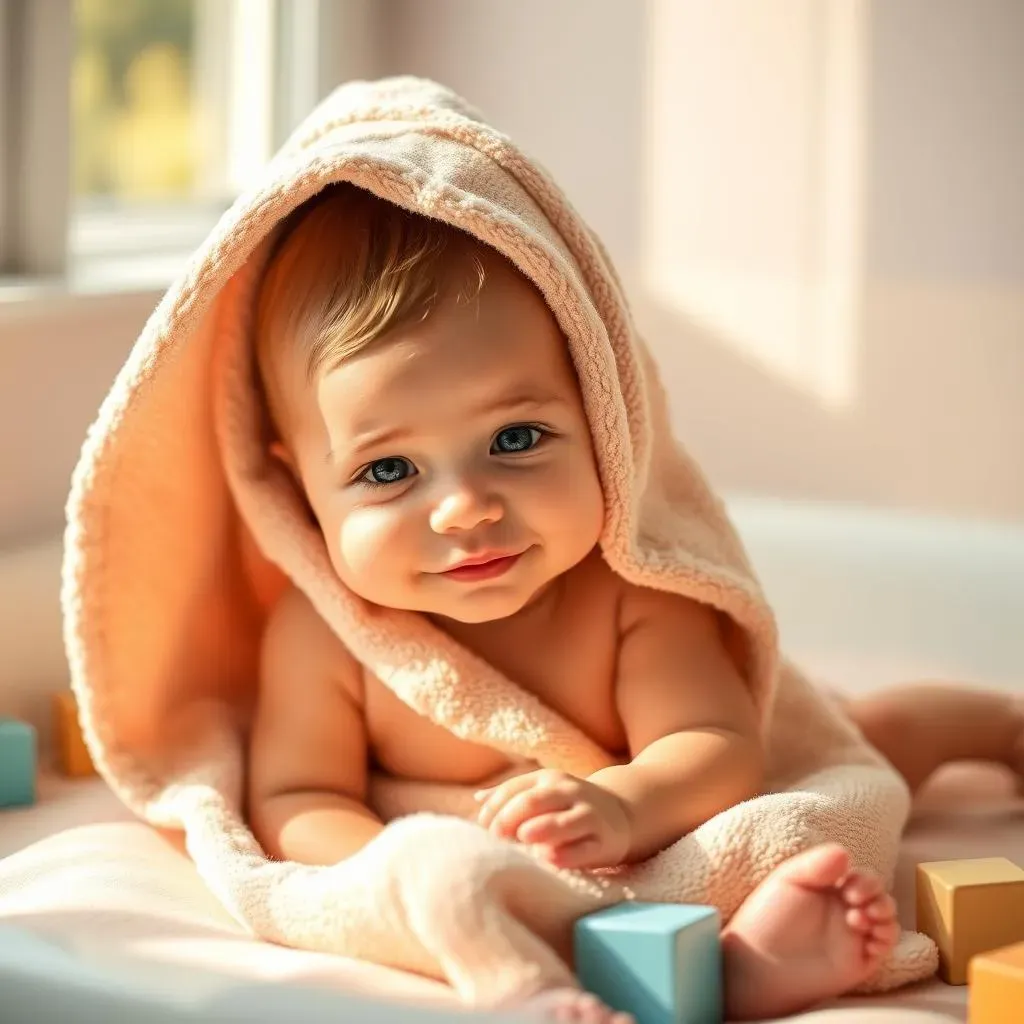Table of Contents
Ever wondered how long that adorable hooded towel will actually fit your growing baby? You're not alone! Figuring out when to transition from those cute, cuddly hooded towels is a common question for parents. After all, they're designed for tiny newborns, but babies grow fast! This article dives into answering the big question: how long do babies use hooded towels? We'll explore the typical age range, signs it's time to switch to a regular towel, and even some creative ways to repurpose those beloved hooded towels once your little one has outgrown them. We'll also weigh the benefits of hooded towels versus regular towels and provide tips on selecting the best size and material to maximize comfort and usage. Get ready to navigate the world of baby bath time and make the most of those hooded towels while they last!
When to Ditch the Hood: Age and Size Factors for Baby Towels
When to Ditch the Hood: Age and Size Factors for Baby Towels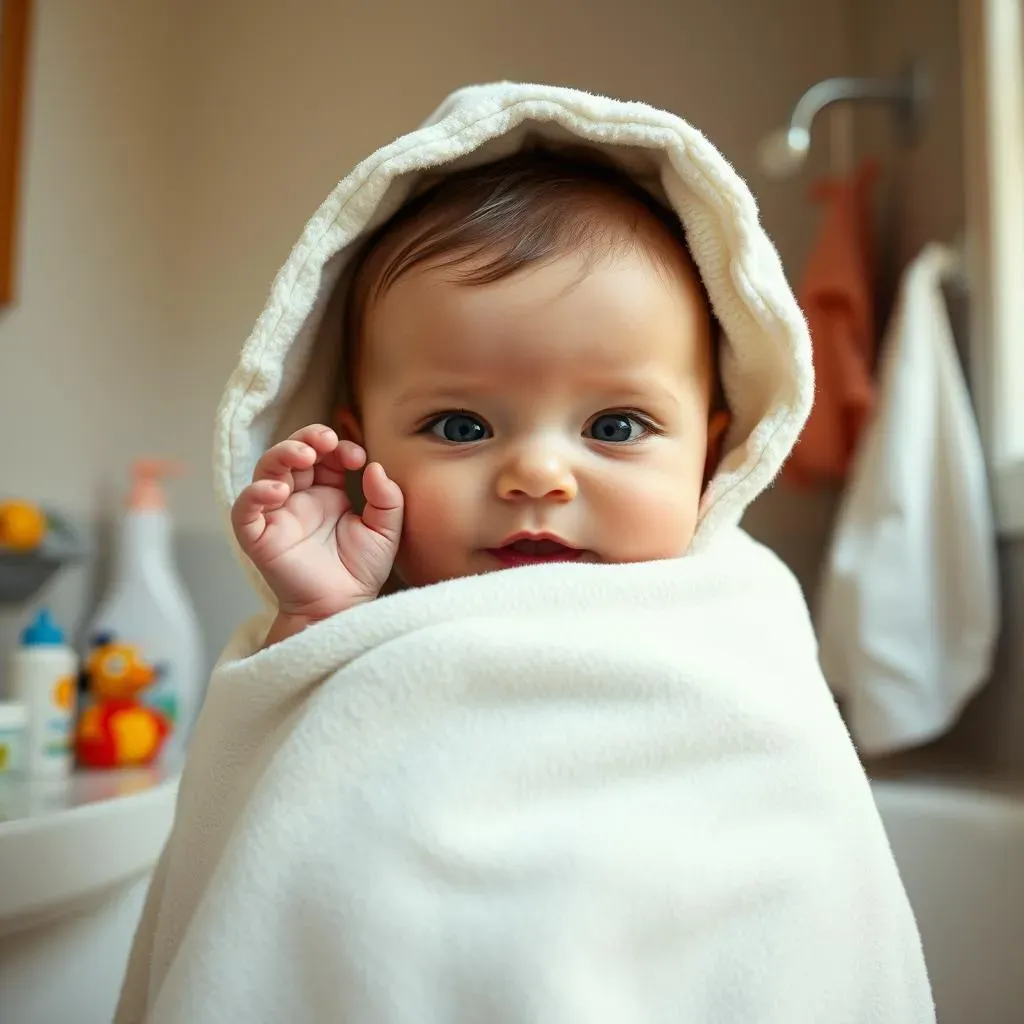
The Age Game: Newborn to Toddler Transition
Alright, so you're probably wondering, "At what age do I *actually* stop using these hooded things?" Generally, most babies outgrow standard hooded towels somewhere between 6 to 12 months. But honestly, it's less about the exact age and more about your baby's size and how much towel you need to actually dry them off. Some babies are just bigger than others, and a 6-month-old bruiser might already be pushing the limits of a towel that a petite 12-month-old still fits just fine. Keep an eye on how much coverage you're getting – if you're struggling to wrap them up properly, it's a sign.
Think of it like those cute baby clothes. You know how they have age ranges on them, but your kid is either swimming in them or busting out way before the label suggests? Same deal here. Don't get hung up on the months; focus on whether the towel is still doing its job. Are their toes poking out? Is their back getting chilly because the towel barely reaches? These are your signals!
Size Matters: Measuring Up for a Good Fit
so age is a guideline, but size is king (or queen!). A hooded towel should be large enough to fully wrap your baby, keeping them snug and warm after their bath. If you find yourself constantly readjusting the towel or struggling to keep them covered, it's time to size up. Consider the dimensions of the towel itself. Many standard baby hooded towels are around 30x30 inches. If your baby is getting close to those measurements, it’s time for something bigger.
Also, think about the hood itself. Is it still comfortably fitting over their head, or is it getting a little snug? A too-small hood isn't just uncomfortable; it's also not very effective at keeping their head warm. You might even want to measure your baby's height and compare it to the towel's length to get a good idea of the coverage. Time to upgrade when it feels like you're trying to squeeze them into something that's clearly too small.
Age Range | Typical Size | Signs of Outgrowing |
|---|---|---|
0-6 Months | 30x30 inches | Toes sticking out, struggling to wrap fully |
6-12 Months | 30x30 inches (may need larger) | Hood too small, back not covered |
12+ Months | Larger than 30x30 inches | Consistent struggle to wrap comfortably |
Hooded vs. Regular Towels: Weighing the Pros and Cons for Baby's Bath Time
Hooded vs. Regular Towels: Weighing the Pros and Cons for Baby's Bath Time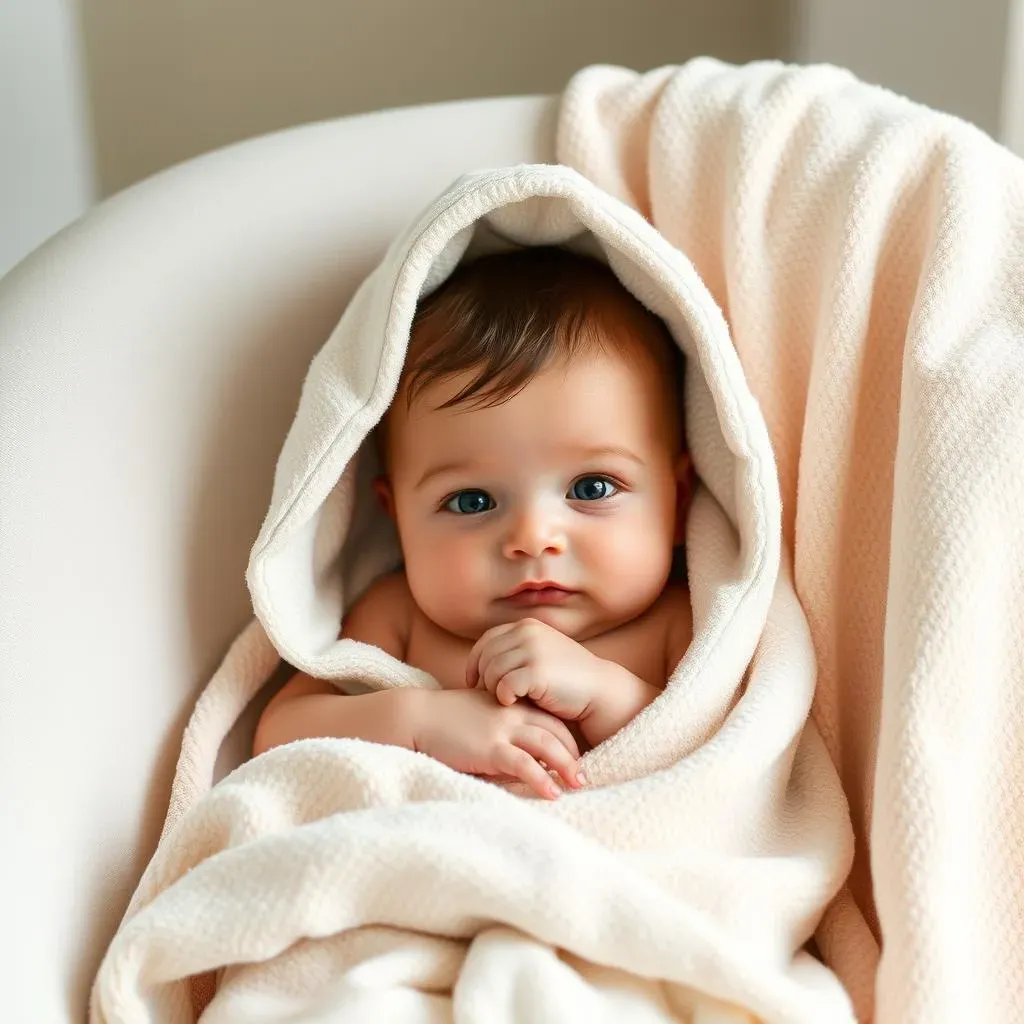
The Case for Hooded Towels: Cozy Convenience
let's be real, hooded towels are adorable. But beyond the cuteness factor, they do offer some genuine benefits, especially for newborns. That built-in hood is clutch for keeping their little head warm right after a bath, which helps prevent them from getting chilly too quickly. Think of it as a built-in baby hat! Plus, they're usually made from super soft materials like cotton or bamboo, which are gentle on delicate skin. For wriggly newborns, that hood can also help keep the towel in place a little better while you're trying to dry them off. It’s like a gentle swaddle that absorbs water.
However, hooded towels aren't perfect. They can be a bit small, as we've already discussed, and sometimes the hood itself can get in the way if your baby is particularly active. And let's face it, babies are *always* active. Plus, some hooded towels are designed in a way that doesn't allow you to fully wrap the baby which can leave parts of their body exposed to the air. This design flaw can negate the benefits of the hood. Consider the design carefully when purchasing.
The Appeal of Regular Towels: Size and Versatility
Now, let's talk regular towels. The biggest advantage here is size. You can easily find regular towels in larger dimensions, which means better coverage as your baby grows. No more chilly backs or exposed toes! Regular towels are also super versatile. You can use them for bath time, but also for swaddling, as a makeshift changing pad, or even as a playmat in a pinch. They're just more adaptable to different situations.
But regular towels do require a bit more skill to use effectively on a baby. You don't have that built-in hood to help keep them warm, so you need to be a bit more strategic about how you wrap them up. And you need to make sure you have a good grip, because a slippery baby and a large towel can be a recipe for disaster! It’s all about technique.
Feature | Hooded Towels | Regular Towels |
|---|---|---|
Warmth | Excellent for keeping head warm | Requires more strategic wrapping |
Size | Often smaller, may outgrow quickly | Available in larger sizes for better coverage |
Versatility | Primarily for bath time | Multi-purpose: bath, swaddle, playmat |
Ease of Use | Easier for newborns, hood helps keep in place | Requires more technique to wrap effectively |
Extending the Life of Hooded Towels: Creative Uses Beyond Babyhood
Extending the Life of Hooded Towels: Creative Uses Beyond Babyhood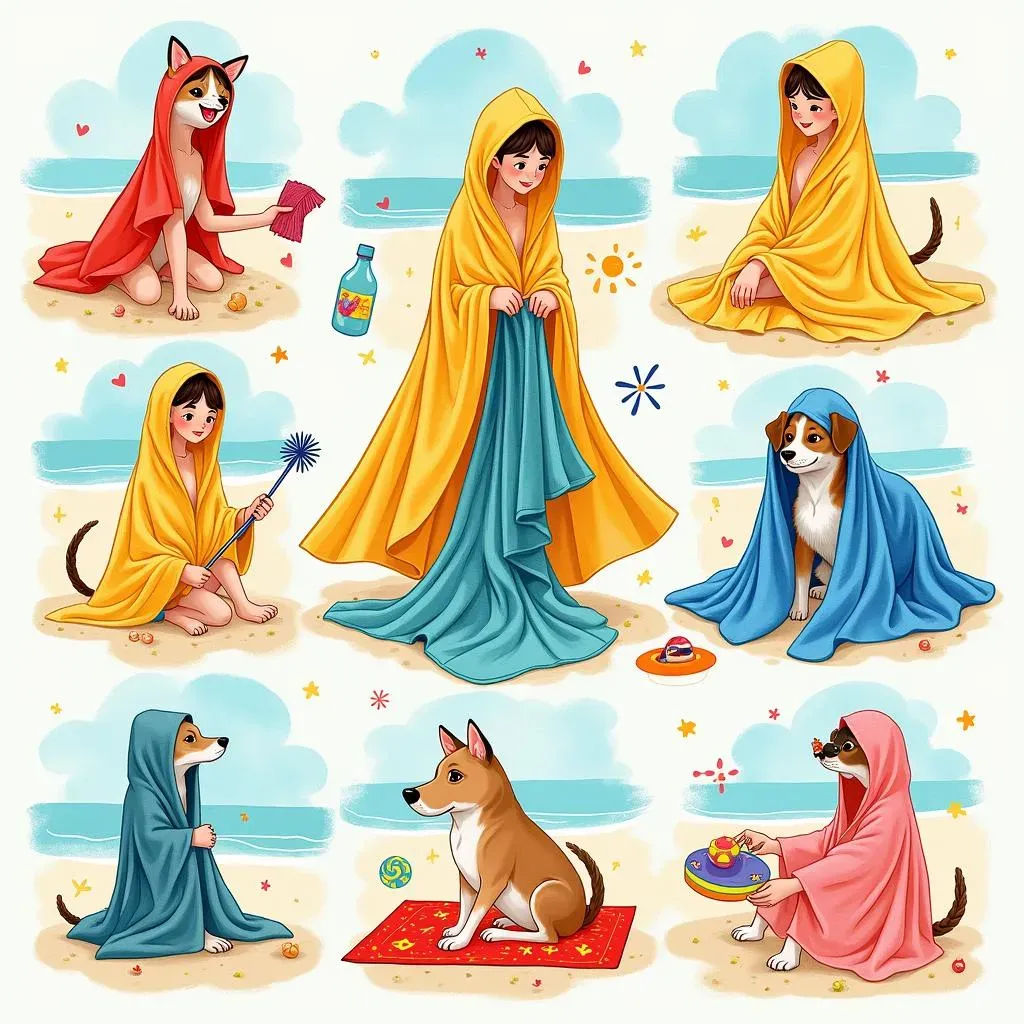
From Bath Time to Beach Time: Repurposing Ideas
so your little one has officially outgrown their hooded towels. Don't toss them! There are tons of ways to give them a second life. Think beyond the bathroom – these soft, absorbent towels can be surprisingly useful around the house and beyond. One of my favorite ideas is to repurpose them as small beach towels or swim towels for toddlers. They're the perfect size for little ones to take to the pool or beach, and the hood can still be used to keep their heads warm after a swim. Plus, they're easy to pack and carry, making them ideal for travel.
Another great option is to use them as cleaning cloths. Their soft material is perfect for dusting delicate surfaces or wiping up spills. You can also cut them into smaller squares and use them as reusable wipes for cleaning your baby's face and hands. Just make sure to wash them thoroughly after each use. And if you're feeling crafty, you can even turn them into small blankets or quilts for dolls or stuffed animals. The possibilities are endless!
- Pet-Friendly Uses: Small dog or cat towel after a bath.
- Cleaning Rags: Super absorbent for spills or dusting.
- Travel Companion: Compact towel for camping or hiking trips.
- Craft Projects: Cut and sew into washcloths or small toys.
DIY Projects: Giving Old Towels a New Purpose
Feeling crafty? Turn those old hooded towels into something completely new! One fun project is to create a bath mat. Simply cut the towels into strips and braid them together, then sew the braid into a circular or rectangular shape. You'll have a soft, absorbent bath mat that's perfect for your bathroom. Alternatively, you can sew several hooded towels together to create a larger playmat or blanket for your child. This is a great way to use up multiple towels and create a cozy space for them to play.
If you're handy with a sewing machine, you can even turn the hooded towel into a poncho! Just cut a hole for the head and add some decorative trim. This is a fun and practical way to keep your child warm and dry after a bath or swim. And if you have multiple hooded towels, you can create a whole set of matching accessories, like washcloths, headbands, and even small bags. Get creative and see what you can come up with!
Project | Materials | Instructions |
|---|---|---|
Bath Mat | Old hooded towels, scissors, sewing machine | Cut towels into strips, braid, sew into shape. |
Playmat/Blanket | Multiple hooded towels, sewing machine | Sew towels together to desired size. |
Poncho | Hooded towel, scissors, sewing machine, trim | Cut head hole, add trim for decoration. |
Choosing the Right Size and Material: Maximize Comfort and Use of Baby Hooded Towels
Choosing the Right Size and Material: Maximize Comfort and Use of Baby Hooded Towels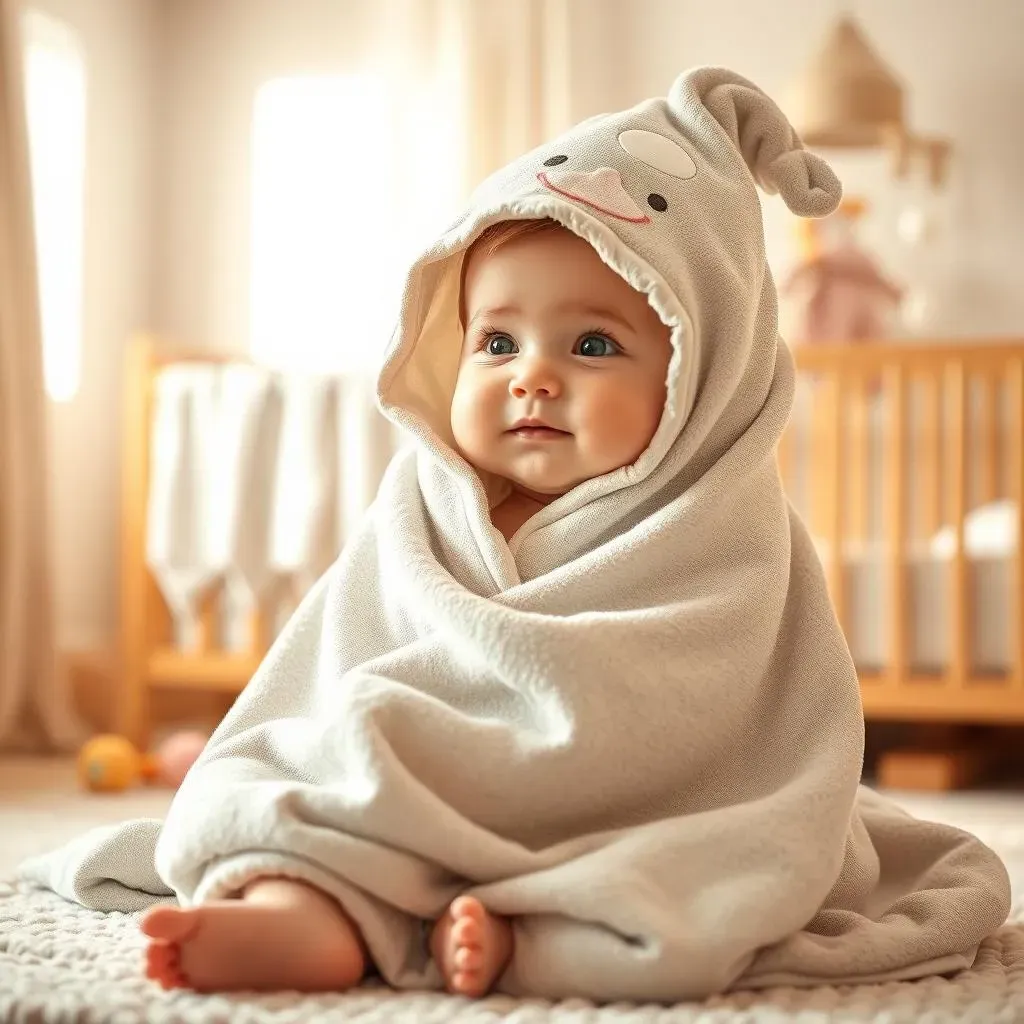
Sizing Up Success: Finding the Perfect Fit
So, you're ready to invest in some new hooded towels, but you want to make sure you're getting the most bang for your buck, right? Size is key! Don't just grab the first cute towel you see. Think about longevity. While those teeny-tiny newborn towels are adorable, they'll be useless in a matter of weeks. Instead, opt for a slightly larger size that your baby can grow into. Look for towels that are at least 30x40 inches or even larger. This will give you more coverage and allow you to use the towel for a longer period. Also, consider the shape. Some hooded towels are more rectangular, while others are square. A rectangular shape often provides better coverage for taller babies.
Another thing to keep in mind is the size of the hood itself. Make sure it's large enough to comfortably fit over your baby's head without being too snug. A too-small hood will be uncomfortable and won't do a great job of keeping their head warm. You might even want to look for towels with adjustable hoods, which allow you to customize the fit as your baby grows. Adjustable features are your friend!
Size Factor | Recommendation | Benefit |
|---|---|---|
Towel Dimensions | 30x40 inches or larger | Longer use, better coverage |
Hood Size | Comfortably fits over head | Effective warmth, no discomfort |
Shape | Rectangular preferred | Better coverage for taller babies |
Material Matters: Softness, Absorbency, and Safety
Now, let's talk materials. This is where things can get a little overwhelming, because there are so many options to choose from! But don't worry, I'm here to break it down for you. The most important thing to consider is softness. Baby skin is super sensitive, so you want a towel that's gentle and won't cause irritation. Cotton is a classic choice, but bamboo is even softer and more absorbent. Organic cotton is also a great option, as it's free from harmful chemicals and pesticides. Avoid towels made from synthetic materials like polyester, as they can be rough and irritating.
Absorbency is another key factor. A good baby towel should be able to quickly and effectively absorb water, so your baby doesn't get chilled. Look for towels with a high GSM (grams per square meter), which indicates the density of the fabric. The higher the GSM, the more absorbent the towel will be. Finally, make sure the towel is safe for your baby. Check for certifications like Oeko-Tex, which ensures that the towel has been tested for harmful substances. And always wash the towel before using it for the first time to remove any potential irritants.
- Cotton: Soft, affordable, widely available
- Bamboo: Ultra-soft, highly absorbent, eco-friendly
- Organic Cotton: Chemical-free, gentle on sensitive skin
Wrapping Up: Making the Most of Baby's Hooded Towel Days
So, how long do babies use hooded towels? The answer, as we've seen, isn't set in stone. It depends on your baby's growth, your preferences, and how resourceful you are at repurposing. Whether you stick with hooded towels for a few months or stretch their use into toddlerhood, the key is ensuring your little one is comfortable and dry after bath time. And when the time finally comes to say goodbye to those adorable hoods, remember there are plenty of ways to keep the memories alive – and maybe even turn them into something new!
